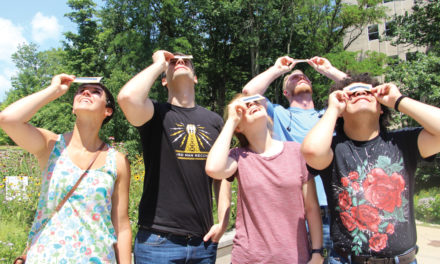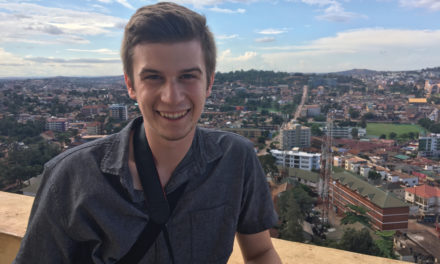 Citizen science work isn’t all about saving threatened flora and fauna. While it’s true that many crowd-sourced projects help scientists better understand and conserve charismatic species like monarch butterflies and tree frogs, there’s at least one created to help humans specifically. The National Missing and Unidentified Persons System (NamUs) is a database listing hundreds of missing, unidentified, and unclaimed persons. Visit it and you could help solve cases that have mostly gone cold.
Citizen science work isn’t all about saving threatened flora and fauna. While it’s true that many crowd-sourced projects help scientists better understand and conserve charismatic species like monarch butterflies and tree frogs, there’s at least one created to help humans specifically. The National Missing and Unidentified Persons System (NamUs) is a database listing hundreds of missing, unidentified, and unclaimed persons. Visit it and you could help solve cases that have mostly gone cold.
Bright-eyed, these lost souls stare out via snapshots from happier days. Some look eager to explain what happened to them, if only they could.
There are images of the unidentified deceased, too. And there are countless clues, from last sightings and descriptions of clothing and jewelry to the location and condition of found remains. Personally, when seeking matches between the missing and the dead, I go for low-hanging fruit like tattoos, prosthetics, and fancy dental work.
I think someone, somewhere, surely once cared about the prostitutes, transients, addicts, and myriad others who turn up dead and remain unidentified. Someone should care about them still. I’m also bothered by the inequities I see between families with money, connections, and large support networks and the families lacking such resources. Both equally may wish to find their missing relatives, but the odds don’t favor the poor. Crowd-sourced analyses help level the playing field.
Crowd-sourced analyses first became possible in 2007 when the U.S. Department of Justice helped establish NamUs. More recently, the Center for Investigative Reporting, a nonprofit news organization, created The Lost & The Found, a tool which affords side-by-side views of NamUs missing persons and unidentified remains reports. As a result, anyone can search through some 14,327 missing persons, 4,856 unclaimed decedents, and 12,001 unidentified bodies in the database.
In Indiana, there are currently 168 missing persons cases, 59 sets of unidentified remains, and four unclaimed decedents. Monroe County has six missing persons—Margaret Ann Hayes, William Cunningham, Randall White, Gendolyn Prince, Frank Giza II, and Lauren Spierer—and five unidentified bodies.
If you’ve ever had a loved one go missing—even for a few hours—then you’ve felt the panic, helplessness, and dread that families with bona fide missing persons cases must learn to live with long term. For them, time passes, leads and public attention dry up, and that’s that. Fortunately, it doesn’t have to be this way.
To help, visit lostandfound.revealnews.org.
Susan M. Brackney is the author of four nonfiction books. Her work has appeared in such publications as The New York Times, Discover, Organic Gardening, and Hobby Farms.





